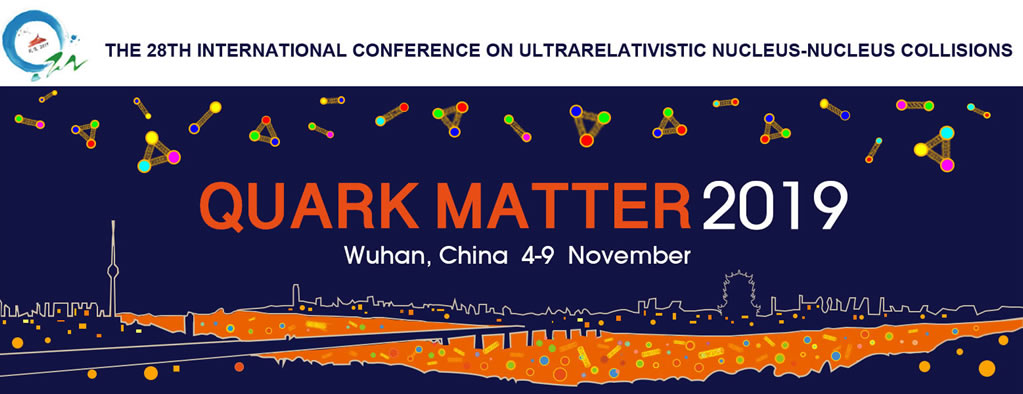Speaker
Description
Heavy-ion collisions produce asymmetric pressure gradients which convert via interactions the initial spatial asymmetry into an anisotropy in final state momentum space, a phenomenon referred to as anisotropic flow. Anisotropic flow is characterized using the harmonic coefficients $v_{\rm n}$ in a Fourier decomposition of the azimuthal distribution of produced particles relative to the symmetry plane in a collision. It is found that flow fluctuates event-by-event due to fluctuations in the initial geometry, which allows for an efficient selection of events that correspond to a specific initial geometry. This technique, called Event Shape Engineering, was applied to select events within the same centrality but having very different values of the elliptic ($v_2$) and triangular ($v_3$) flow coefficients. For those events, we present results on centrality, transverse momentum ($p_{\rm T}$) and event-shape dependence of anisotropic flow for inclusive and identified ($\pi^{\pm}$, $K^{\pm}$, ${\rm p}+\overline{\rm p}$, $\Lambda + \overline{\Lambda}$, $\rm K^{0}_{\rm S}$, $\Xi^{-} + \overline{\Xi}^{+}$, and $\Omega^{-} + \overline{\Omega}^{+}$) particles in Pb--Pb collisions at $\sqrt{s_{\rm NN}} = 5.02$ TeV recorded by the ALICE detector in 2015 and 2018. We also investigate the correlation between $v_2$ of inclusive and identified particles averaged over low and high $p_{\rm T}$ ranges.
